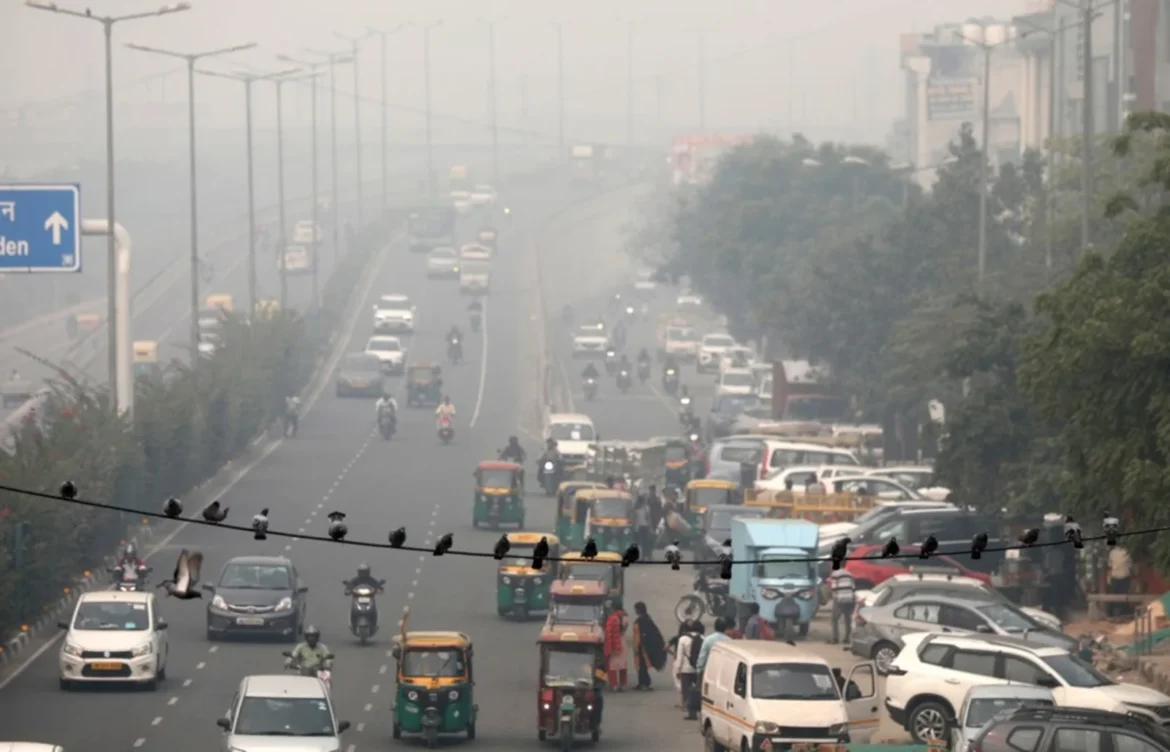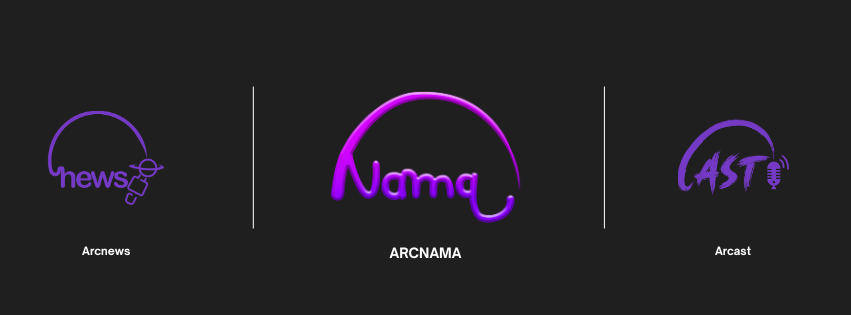Air Quality in Delhi Declines Sharply with AQI Levels Over 400
Delhi’s air quality has reached dangerous levels as smog blanketed parts of the city on Tuesday morning, pushing the Air Quality Index (AQI) in many areas into the “severe” category. Areas such as Dwarka, Anand Vihar, and Jahangirpuri reported AQI levels above 400, according to the Central Pollution Control Board, indicating highly polluted air that poses significant health risks. SAFAR data shows Delhi’s overall AQI at 384, categorized as “very poor.”
Understanding AQI: What Do the Numbers Mean?
The AQI scale measures air quality as follows:
- 0-50: Good
- 51-100: Satisfactory
- 101-200: Moderate
- 201-300: Poor
- 301-400: Very Poor
- 401-450: Severe
- 450 and above: Severe Plus
In many neighborhoods across Delhi, AQI has reached hazardous levels:
- Alipur: 386
- Anand Vihar: 453
- Ashok Vihar: 418
- Dwarka Sector 8: 407
- IGI T3: 387
- ITO: 345
- Jahangirpuri: 440
- Punjabi Bagh: 403
- Vivek Vihar: 421
- Wazirpur: 438
These readings indicate that residents in these areas face serious health risks, particularly those with respiratory conditions, children, and the elderly.
Response to Crisis: Enforcing Anti-Pollution Measures
In response to rising pollution, the Commission for Air Quality Management (CAQM) has intensified efforts to reduce emissions and dust pollution. Between October 15 and 31, 56 construction sites in Delhi NCR were ordered to shut down, while 597 sites received fines for failing to comply with pollution control norms.
Additional enforcement actions include:
- Inspections and Fines: Over 5,300 inspections focused on illegal waste dumping, with penalties for burning solid waste.
- Road Dust Control: Mechanical sweepers, water sprinklers, and anti-smog guns have been deployed across the city. An average of 600 water sprinklers and anti-smog guns are in operation daily in Delhi NCR.
- Industrial Monitoring: Around 1,400 industrial sites and 1,300 diesel generators have been inspected, with fines imposed on non-compliant facilities.
Implementation of GRAP: Emergency Pollution Measures in Effect
The Graded Response Action Plan (GRAP), a structured approach to controlling Delhi’s air pollution, has been active since October 15. GRAP Phase I and II measures, designed to curb pollution through targeted restrictions, have included shutting down construction sites, reducing vehicle emissions, and limiting industrial pollution.
The CAQM has also set up a dedicated control room to coordinate efforts, with real-time updates shared among officers through a dedicated WhatsApp group. These coordinated efforts aim to address the pollution spike during Delhi’s winter months, where factors like crop burning and cold weather exacerbate air quality.
Severe Pollution Urges Immediate Attention
With AQI levels in Delhi reaching critical levels, authorities are intensifying efforts to mitigate pollution and protect public health. As residents brace for the winter season, when pollution levels often worsen, these emergency measures are crucial for improving air quality and ensuring a safer environment for millions in Delhi and the surrounding areas.
Stay connected to know more on arcnews.online for global news like Delhi’s Air Quality Worsens as Pollution Levels Surge Above Hazardous Threshold. For videos updates visit our YouTube. Do subscribe to Arcnews to get latest updates directly in your mail box.
Have A Great Day.


